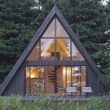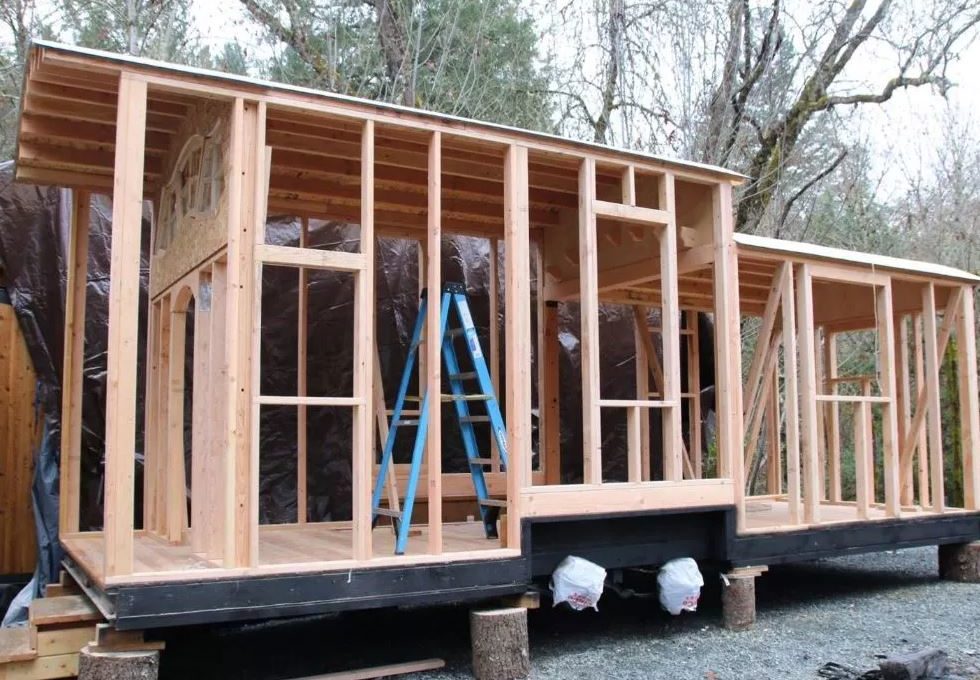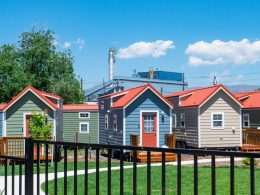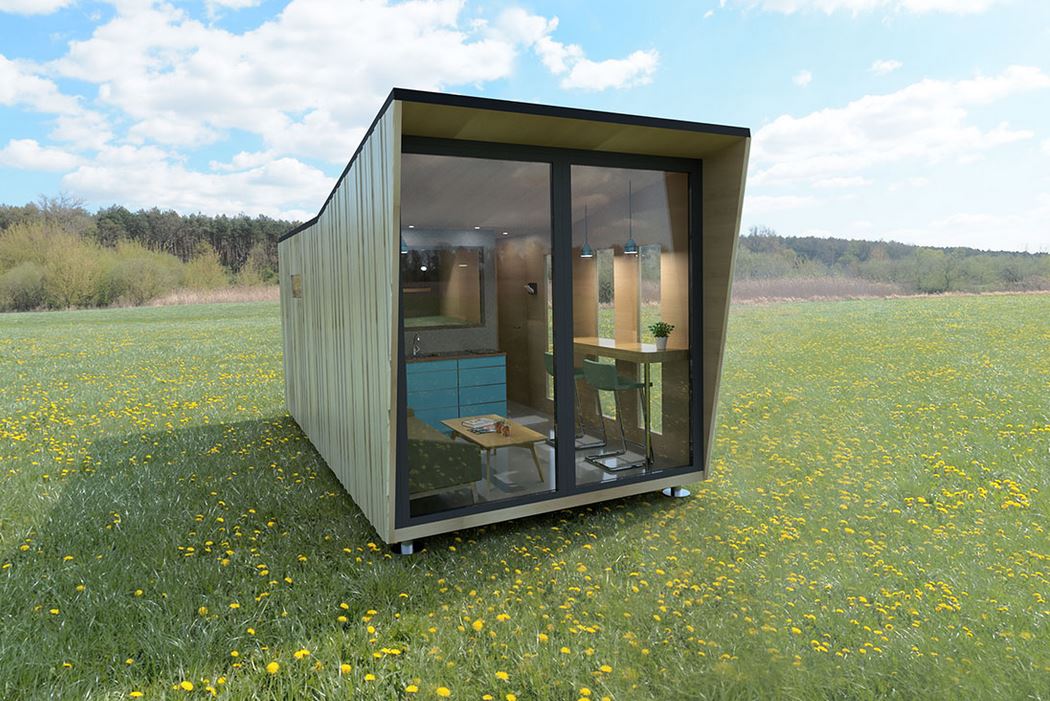Now that you have decided to pull the trigger and downsize, there are a few things you should consider as you move forward.
You need to get every major detail ironed out before get to the actual building. As they say, failing to plan is planning to fail.
So, what are the things you should consider before building a tiny house?
In summary: these are the steps you should take before building a tiny house:
- Check and understand local regulations
- Come up with a house plan and design
- Choose the right construction materials
- Plan and organize the financing
1. Check and understand local zoning laws
I cannot overemphasize the importance of this. Tiny houses are still not widely accepted in the US. There are probably more places where you will encounter problems, than there are places where your tiny house will be welcome with open arms.
When checking out regulations and ordinances, you need to start at state level, then go down to your local authority. In most cases, you will find elaborate definitions and descriptions of what’s permitted and what’s not.
For instance, one area may have banned accessory dwelling units (ADUs) outright, but the same is allowed just a couple of miles down the road.
Tiny homes on wheels, like trailers and RVs, are in particular the tiny home segment that is most regulated. Please ensure you have a clear understanding of where you can park them and for how long.
Safety protocols and health codes are another key area you should familiarize yourself with. It makes no sense to dive head first into the building, and then the house fails its inspection.
2. Create a good house plan
A successful tiny house build will fully depend on its blueprint. Contractors may be good at their jobs, but that’s because they follow very precise drawings and measurements. They really can’t mess a lot of things up as long as they are trained for it.
However, a tiny home architect or designer can screw a lot of things up.
When deciding on a designer, it will do you a lot of good if you go with one who knows the ins and outs of local regulations. For instance, the minimum square footage may vary from city to city. You may also encounter differences in things like allowable ceiling clearance, stairs elevation, loft requirements etc.
It is advisable to hire a local designer, and where possible, one who specializes in tiny houses.
Alternatively, you can buy a ready-to-use tiny house plan from one of the many websites that sell generic blueprints. This may actually end up being the cheaper option.
3. Choose the right materials
Even before construction starts, ensure that you have picked the right materials for the project. You will want to factor in the location of the tiny house, and the weather patterns in that place. For instance, if you are in storm-prone area, you may want to choose materials that are more resilient and will better protect your tiny house from mother nature. A metal frame is for example stronger and will remain more structurally sound than a wooden frame.
If you are in a place that receives heavy snow, you may want to go with a metal roof rather than asphalt shingles, etc.
You should have as much detail as possible concerning materials and fixtures nailed down before the first nail goes down (pun intended). If nothing else, it will help immensely with drafting a budget.
4. Organize your financing
Tiny houses may be a lot cheaper than a regular house, but dropping $40,000 or more on anything is still a huge undertaking. Many surveys have shown that a majority of Americans have less than $10,000 in savings.
In fact, single people under the age of 34 – aka the people most likely to downsize into a tiny house, have an average savings of just $2,729.
Such an amount isn’t going to accomplish much. You will need to talk to a lender.
The good news is that today, tiny homes qualify for mortgages from many more lenders than yesteryears. While still not at the same level as regular homes, you certainly will not run out of options when you seek financing.
Finding the best mortgage lender for your tiny house is a topic than can be discussed in a lot more detail.
Once you are through with the checklist above, you can now start building your new tiny house. You should ensure that you get a guarantee from your contractor, that they will complete the project on time, and within budget (or preferably under budget).
This is crucial because the longer the project drags on, the more your financial liabilities pile on; from labor fees to insurance and mortgage.












